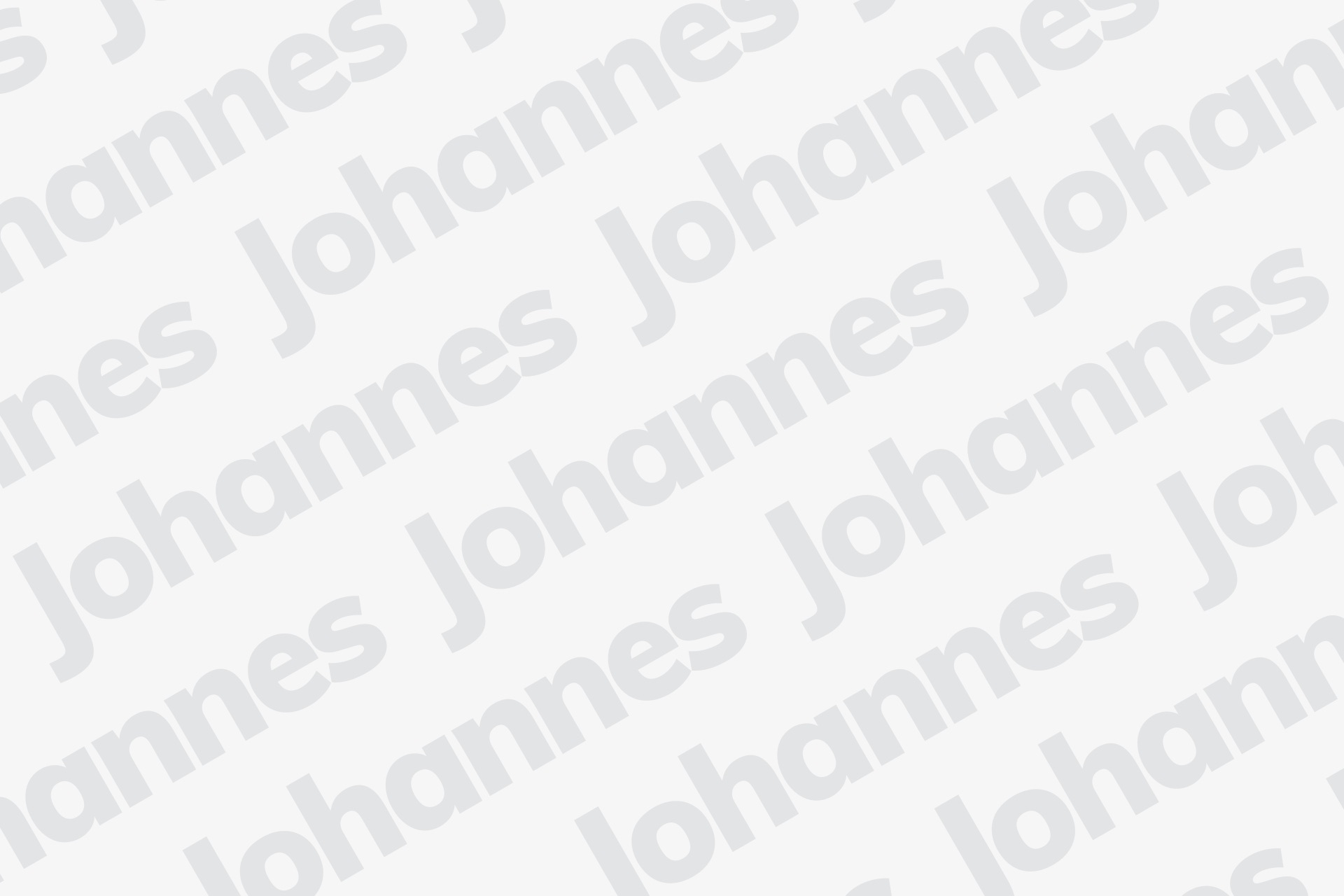Question:
North Hampton Qibla
Answer:
In the name of Allah, Most Compassionate, Most Merciful,
As-salāmu ‘alaykum wa-rahmatullāhi wa-barakātuh.
Dear Badrul Islam,
We apologize for the belated response.
In principle, a person who can physically see the Ka’bah must face the actual Ka’bah completely. As for the person that is away from the Ka’bah, it is obligatory to face the direction of the Ka’bah and not the actual Ka’bah.[i] This is understood from the following verse of the Qur’an:
فول وجهك شطر المسجد الحرام (2:144)
Translation: So, turn your face in the direction (not the actual) Al-Masjid al-Haram (Al Baqarah:144)
Accordingly, it is required for the validity of the Salah that at least a portion of a person’s face is in the Qibla’s direction. The obligation of facing the direction of the Qibla may be understood by the following.
If one were to draw a line from the north and south of the Qibla and draw a line from the center of a person facing the Qibla, the 90º formed is the Qibla Mustaqeem. When one is in the Qibla Mustaqeem position, his full face is oriented towards the actual Qibla. However, if one faces slightly left or right, it will only be possible to face a portion of the Qibla if one stands within a maximum deviation of 45 degrees. Beyond that, one will no longer be facing the Qibla. Hence, the Salah will be invalid.[ii] Kindly refer to the below diagram.

In the enquired scenario, the second Imam is correct that Shariah allows a deviation of 45 degrees in facing the Qibla. This allowance is not confined to any specific scenario. Hence, the Salah performed at a deviation of 16º will be valid. However, if the masjid has the means of changing the carpets, as you have explained, it would be advisable to do so to avoid any confusion among the people.
And Allah Ta’āla Knows Best
Mirza-Zain Baig
Student - Darul Iftaa
Montréal, Québec, Canada
Checked and Approved by,
Mufti Ebrahim Desai.
الدر المختار شرح تنوير الأبصار وجامع البحار (ص: 61)
(و) السادس (استقبال القبلة) حقيقة أو حكما كعاجز، والشرط حصوله لا طلبه، وهو شرط زائد للابتلاء يسقط للعجز،
حتى لو سجد للكعبة نفسها كفر (فللمكي) وكذا المدني لثبوت قبلتها بالوحي (إصابة عينها) يعم المعاين وغيره لكن في البحر أنه ضعيف.
والاصح أن من بينه وبينها حائل كالغائب، وأقره المصنف قائلا: والمراد بقولي فللمكي مكي يعاين الكعبة (ولغيره) أي غير معاينها (إصابة جهتها) بأن يبقى شئ من سطح
الوجه مسامتا للكعبة أو لهوائها، بأن يفرض من تلقاء وجه مستقبلها حقيقة في بعض البلاد خط على زاوية قائمة إلى الافق مارا على الكعبة، وخط آخر يقطعه على زاويتين قائمتين يمنة ويسرة.
منح، قلت: فهذا معنى التيامن والتياسر في عبارة الدرر، فتبصر وتعرف بالدليل، وهو في القرى والامصار محاريب الصحابة والتابعين، وفي المفاوز والبحار النجوم
كالقطب، وإلا فمن الاهل العالم بها ممن لو صاح به سمع
كنز الدقائق (ص: 159)
واستقبال القبلة
فللمكّيّ فرضه إصابة عينها ولغيره إصابة جهتها
تحفة الفقهاء (1/ 119)
لَا يَخْلُو إِمَّا إِن كَانَ قَادِرًا على الِاسْتِقْبَال أَو كَانَ عَاجِزا
فَإِن كَانَ قَادِرًا يجب عَلَيْهِ أَن يتَوَجَّه إِلَى الْقبْلَة
فَإِن كَانَ فِي حَال مُشَاهدَة الْكَعْبَة فَإلَى عينهَا
وَإِن كَانَ فِي حَالَة الْبعد يجب التَّوَجُّه إِلَى الْمِحْرَاب والمنصوب بالأمارات الدَّالَّة عَلَيْهَا هَكَذَا ذكر أَبُو الْحسن هَهُنَا
فتاوى دار العلوم زكريا: زمزم:2:120
احسن الفتاوى:ايج ايم سعيد:2:313

